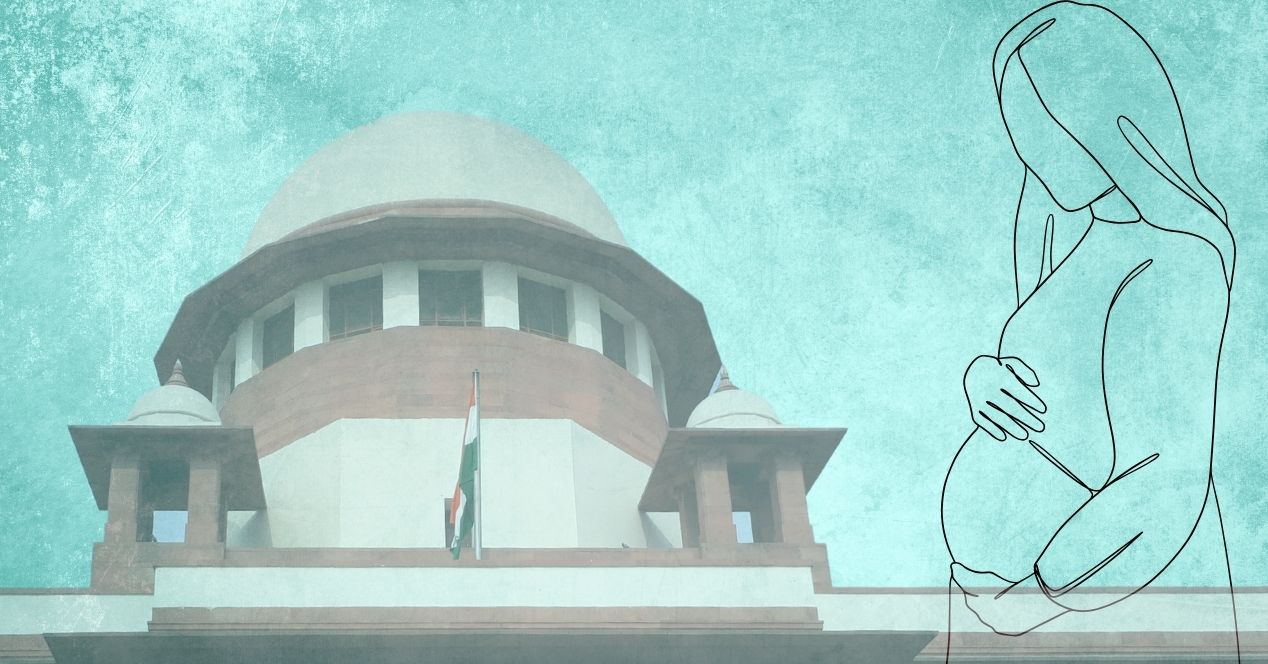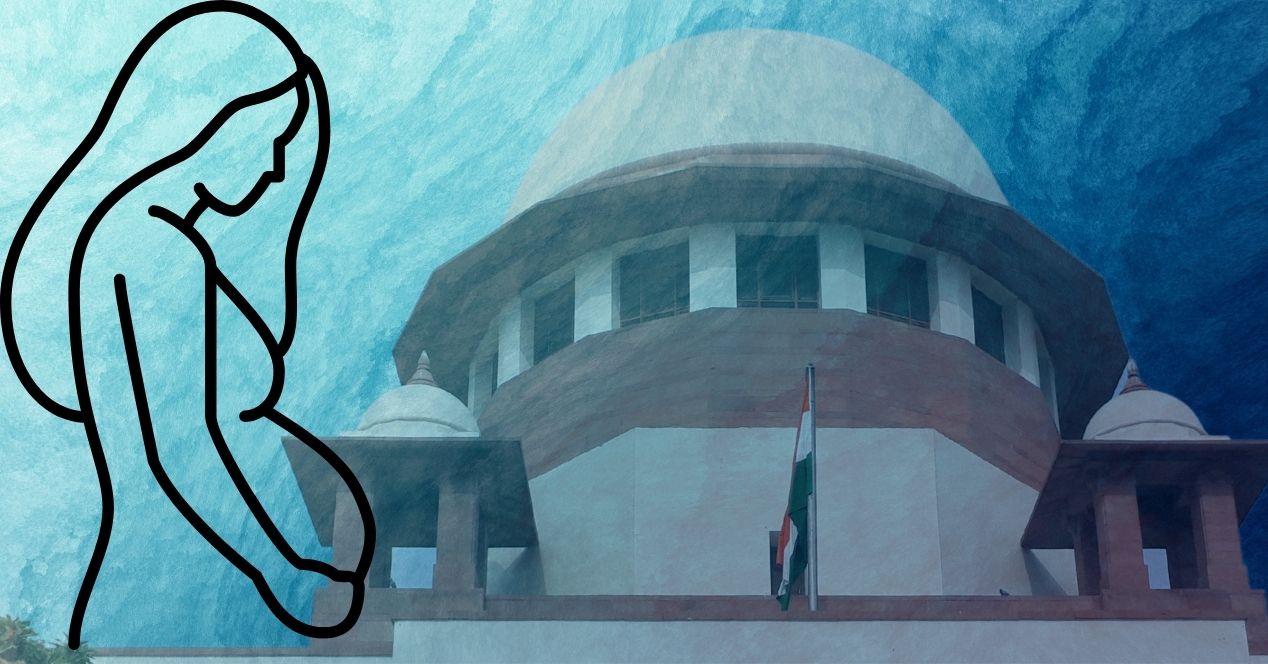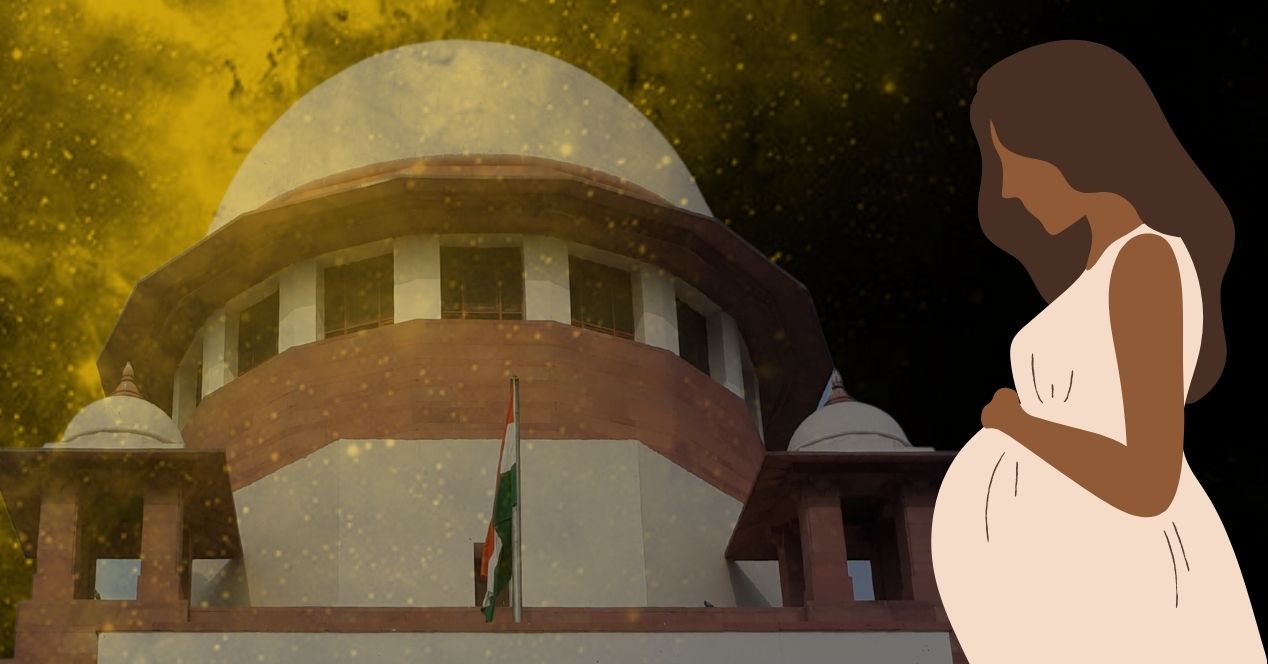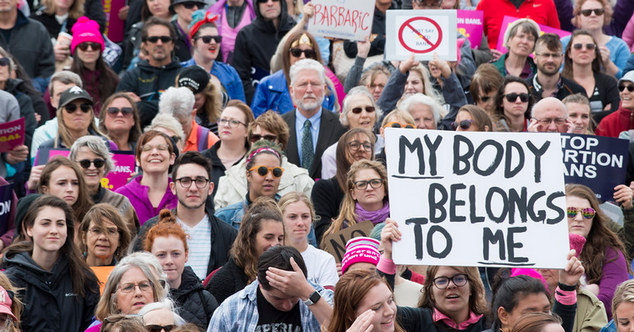Analysis
Abortion law in India: A step backward after going forward
The Court’s decision to refuse an abortion to a woman with postpartum psychosis has undone the progressive strides made in 2021 and 2022

In September 2021, the Medical Termination of Pregnancy (Amendment) Act of 2021 came into force, extending the upper gestational limit for abortion from 20 to 24 weeks. Although the amendment did not recognise abortion on demand as a pregnant person’s right, it was heralded as the next step in making Indian abortion laws more progressive. The amendment was a response to the Indian courts receiving requests to access safe medical support from many women with unwanted pregnancies beyond the permissible gestation period.
Two contradictory decisions
In September 2022, the Supreme Court granted a petitioner permission to terminate her 22-week pregnancy in a X v Principal Secretary. In a decision that was celebrated among reproductive rights advocates, the Court found that any distinction made between the rights enjoyed by a person based solely on marital status is unconstitutional. Additionally, it recognised the unmet needs of marital rape survivors in situations of unwanted pregnancies.
The judgement held that the decision to carry a pregnancy to term or terminate it is firmly rooted in a woman’s right to her bodily autonomy and her ability to choose her path in life. It also recognised that an unwanted pregnancy can have serious negative effects on a woman’s life, such as disrupting her education, career, and mental well-being.
But in 2023, the positive developments of 2021 and 2022 appear to have been overshadowed by anti-reproductive rights sentiments. A year after the judgement in X v Principal Secretary, this pro-rights agenda received a major setback and revealed how much more there is to be done for India to transition into a truly liberal and right-based jurisdiction for medical termination of pregnancies.
In X v Union of India, a 27-year-old married woman, a mother of two, approached the Supreme Court to seek permission for abortion as per the Medical Termination of Pregnancy Act, 1971. The petitioner discovered her pregnancy at around 24 weeks due to a condition known as lactational amenorrhea, which leads to breastfeeding women not menstruating.
After facing initial denial at the health facility, the petitioner promptly went to the apex court to seek access to essential healthcare. In a rather dramatic turnaround of events in the Supreme Court, the arguments for foetal viability and concerns about the rights of the unborn child were heard and given precedence over the reproductive autonomy of the petitioner.
Despite fulfilling the legal requirements of mental health concerns, her reproductive rights were measured against a checklist for eligibility for termination beyond 24 weeks, and were found wanting. The Court noted that she did not attract Section 3(2B) protections which covered sexual assault survivors, minors, widowed or divorced persons, disabled persons, mentally ill persons, foetal abnormality or pregnancy during humanitarian crises. She also did not attract Section 5 protections which allow termination of pregnancy in cases where it is necessary to save the life of the woman.
Firstly, the Court’s understanding of mental illness as a ground for termination was unclear. Despite X’s multiple submissions regarding her mental health, postpartum depression and psychosis, suicidal tendencies and tendency to cause harm to herself and her children, the Court refused to permit termination based on these grounds. Secondly, with the petitioner’s concerns of suicide considered and rejected, the judgement begs the question—what constitutes a threat to a woman’s life?
The judgement suggests that for a full exercise of reproductive autonomy, the woman has to prove the dangers of her circumstance and her absolute need for an abortion. With this, the Court effectively went back on its decision in X v Principal Secretary, which had recognised a woman’s position as the “ultimate decision-maker” on matters of her reproductive choices.
Privileging the provider-centric approach
India had taken a step forward with the 2021 amendment and the 2022 judgement, but that is not to say that it had moved away from the grounds-based and gestational limits approaches. Notwithstanding the amendment, the MTP Act remains provider-centric and grants decision-making powers to service providers instead of recognising that abortion should be made available at the request of pregnant persons when they need it.
The system pits the pregnant person against the pregnancy itself, and we have seen what the outcome of that is in the October 2023 judgement. Here, the Court limited the woman’s right to reproductive autonomy by strictly measuring her rights against the eligibility criteria in Sections 3(2B) and 5 of the MTP Act. The legislation and the Court’s interpretation ultimately created a framework where a woman’s autonomy came to a hard stop at 24 weeks, and was replaced instead by a subjective determination of the circumstances by doctors and judges.
Such fragmentation of women’s bodies must be challenged, and we need to centre the pregnant person when talking about reproductive rights. Guaranteed rights must translate into guaranteed access, which is only possible if lawyers, judges and doctors have less to decide than the woman whose bodily autonomy is in question.
Voice unheard in procedural ping-pong
In the October 2023 case, the medical board constituted by the All India Institute of Medical Sciences had initially given its green signal for the abortion, and the Bench of Justices Hima Kohli and B.V. Nagarathna had allowed it, based on the fact that bearing another child could have an impact on the petitioner’s already fragile mental health. But one of the doctors on the board had then written to the Court, questioning the termination, given the viable status of the foetus.
With the matter thus reopened, the two judges took divergent paths, with Justice Nagarathna preferring the rights-based approach but Justice Kohli holding against an abortion. This stalemate led to the matter being placed in front of a different bench led by Chief Justice Chandrachud, which decided against granting the abortion based on a new report by the medical board which confirmed that the foetus had no abnormalities.
The two reports of the medical board, the reopening of the matter, and the eventual judgement before a different bench—one wonders where the woman’s voice and rights feature in the midst of all this. The ping-pong between the lawyers, doctors and judges was reflective of a kind of systemic brushing-off of the reasons or barriers that a person who is seeking a late-term abortion may have faced in her lived reality.
It is rankling that those who need abortion are often faced with the daunting task of proving why they deserve it. An example of this in the present matter was when the Court observed that this was not a case of sexual assault. Often, the articulated demands of the pregnant person are put to second-guessing or counselling to make them change that decision. In this case, the Court asked the lawyers to talk to the petitioner about retaining the pregnancy for a few more weeks.
Bypassing the right-based approach
The view of Justice Nagarathna clearly indicates that the demands at hand could have been addressed within a rights-based legal interpretation. It is important for reproductive rights experts to carefully analyse this judgement and its implications, considering the subjectivities at play. It is also crucial to assess whether the healthcare system is equipped to deal with the challenges that arise from its position in this landscape. Engaging with healthcare providers and hospital administrators is necessary to address any gaps in their understanding of reproductive rights and promote a rights-based approach.
Unsafe back-alley abortions are a reality in places where abortion is illegal. In India, the field of progressive judgments has been muddied by a ‘moral’ contention entering the narrative, as if through a backdoor channel. The right-based discourse has been conveniently by-passed by the idea that a woman’s choices are everyone’s business. This is the strain of a societal bias, which is being allowed to raise its censorious head even in the courtroom, undoing the progress made there in the face of public morality.
The authors work on gender, health and rights issues.




